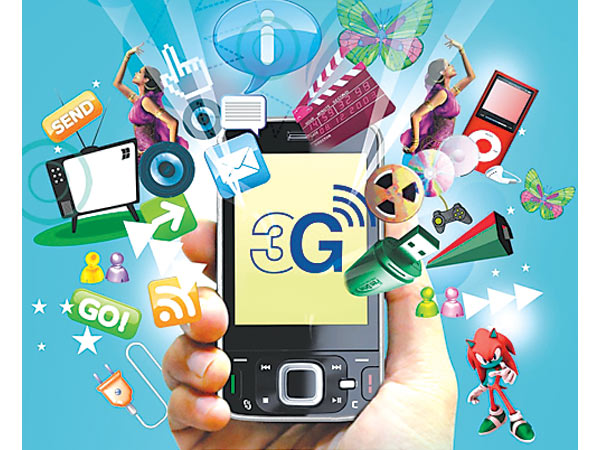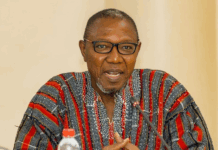
The world’s top mobile infrastructure supplier Ericsson is betting that the fast-growing African mobile broadband market will remain dominated by 3G services over the next years as the newest 4G smartphones remain too expensive for local consumers.
Africa’s rapid telecoms expansion has come to symbolize the continent’s economic growth, with the World Bank estimating a 10 percent increase in broadband coverage could add 1.4 percentage points to economic output.
Technology will not really pick up unless the affordability is there on the consumer end.
But while high-speed mobile connections are set to grow more than nine-fold by 2019 to 700 million from 75 million today, about 85 percent of these subscriptions will remain 3G, according to Ericsson estimates.
The most recent devices with super-fast 4G technology, such as Apple’s iPhone 5S, Blackberry’s Z30 or Samsung’s Galaxy S4, sell for several hundred dollars, more than a median monthly salary in most African countries, including biggest telecoms market South Africa.
Although the Swedish company is pushing on with 4G network expansion on the continent, it is currently prioritising mobile television in addition to operations and business support systems, Fredrik Jejdling, Ericsson’s head for sub-Saharan Africa, told Reuters.
“We as a company feel that technology will not really pick up unless the affordability is there on the consumer end,” Jejdling said in an interview.
“You have to be realistic and see that they are unlikely to spend one seventh or half of (their income) on buying a device. It’s personal economics,” he said.
Ericsson, whose core business has been building and running networks, says 40 percent of the traffic on the continent is channelled through its equipment.
The firm is racing to keep market share away from Chinese vendors such as ZTE and the world’s second largest telecom equipment maker, Huawei Technologies, in a region most operators still consider lucrative and underdeveloped.
Roughly 15 percent of sub-Saharan Africa’s population is currently covered by broadband networks. Ericsson projects this will grow to 65 percent by 2019 as operators diversify their income away from voice to data revenue.























